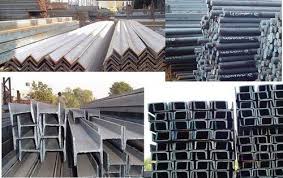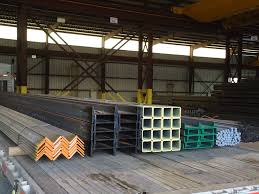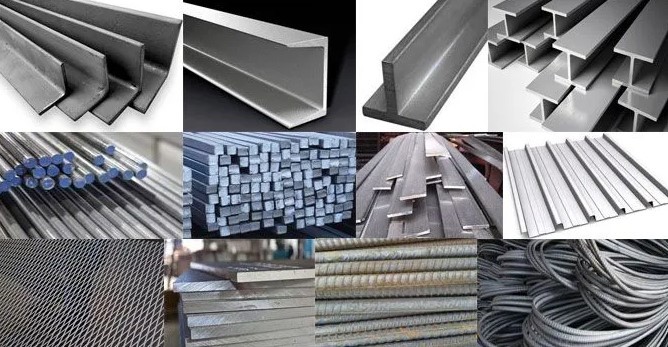Steel Profiles





Steel profiles, also known as steel sections or structural steel profiles, refer to specific shapes or cross-sectional configurations made from steel.
These profiles are commonly used in construction, engineering, and industrial applications for their strength, durability, and versatility. Steel profiles come in various shapes and sizes, each designed to serve specific purposes and provide structural support.
Here are some common types of steel profiles:
I-Bolds (or H-Bold): These profiles have an “I” or “H” shape when viewed in cross-section. They are widely used in building structures, bridges, and heavy machinery due to their high load-bearing capacity and stability.
Channels: Channel-shaped steel profiles have a C-shaped cross-section with two flanges and a web at the center. They are often used for structural support, framing, and as tracks for sliding doors or suspended ceilings.
Angles: Angle profiles have an L-shaped cross-section with equal or unequal legs. They are frequently used for corner reinforcement, framework construction, and bracing applications.
Tubes and Pipes: Steel profiles can also include round, square, or rectangular tubes and pipes. These profiles find use in various industries, such as construction, infrastructure, transportation, and manufacturing, for conveying fluids, structural applications, and mechanical purposes.
Flat Bars: Flat bars have a rectangular cross-section and are characterized by their width and thickness. They are commonly used for structural components, frames, braces, and supports.
T-Sections: T-section profiles resemble the letter “T” when viewed in cross-section, with a vertical stem and a horizontal top section. They are employed for structural framework, lintels, and load-bearing purposes.
Z-Sections: Z-sections have a Z-shaped profile, often serving as purlins or girts in steel buildings and roofing systems. They provide structural support and help distribute loads efficiently.
Each steel profile serves a specific purpose based on its shape, dimensions, and load-bearing capabilities. They can be fabricated from carbon steel, stainless steel, or alloy steel, depending on the required strength, corrosion resistance, and other properties.
Steel profiles undergo various manufacturing processes, including hot rolling, cold forming, bending, cutting, and welding, to achieve the desired shapes and dimensions. These profiles are widely used in construction projects, architectural designs, infrastructure development, industrial equipment, and a range of other applications that require robust and reliable structural components.
We at Mahamaya Corporation manufactures a broad range of steel profiles in various grades as required.

